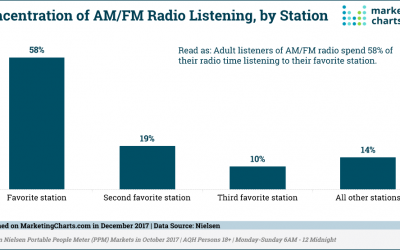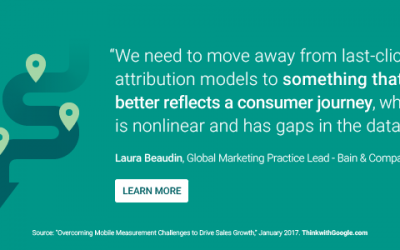Last week I spoke with one of my advertising partners about some changes we are making to their marketing strategy and how Reach & Frequency Matter When Buying Advertising. Even though we've been working together for several years, they needed a refresher on what...
Uncategorized
Selling a Salesperson
I bought a car this month and thought I'd share some lessons for you and your business in this essay I'm calling Selling a Salesperson. While I am keenly aware of the process because of my profession, the general public is more aware of the tactics too than ever...
Big Bang or Slow & Steady?
What kind of marketing and advertising plan is best? A Big Bang or Slow & Steady? All depends on what you're needing to accomplish. Every once in awhile I see businesses do the exact opposite of what would work best for their goals. First, let's lay out the...
The Human Relationship Secret to Marketing Success
Over the years, I've mentioned that you need to use Human Relationship Principles in your marketing and today, I'm going to take the time to lay it all out for you with The Human Relationship Secret to Marketing Success. First, let's talk about the problem with a...
Name Your Favorites
If I asked you to Name Your Favorites in a number of categories, depending on the category, you could easily rattle off your top two or three, right? Here's an example: Name your favorite food. I'll wait a second. Depending on where in the world you live, and how...
Your Digital Marketing Is Bologna
Why do I say Your Digital Marketing Is Bologna? Especially because I actually sell online digital marketing solutions along with the more traditional radio advertising solutions? Because it hit me the other day, that those people who only sell digital marketing are...
Timeless Marketing Principles
For #TBT also know as #ThrowBackThursday, this piece I wrote in 2009: I serve on a few marketing advisory boards and I have noticed how some folks are either confused by, or scared of new technology. Let's take some of the mystery out of it. Technology advances are...
Time To Vote
Today is voting day in the United States of America. No matter what you think or believe about the state of politics these days, you have an opportunity to vote. Problem is, not enough people will vote today. Even worse is the lack of simple knowledge about the whole...
Systems for Success
Each of us has a system for doing the things we do. These systems include your morning wake up routine and the various systems we have in place for our work activities. If the systems and routines we are using in our personal life need tweaking, we often do so without...







